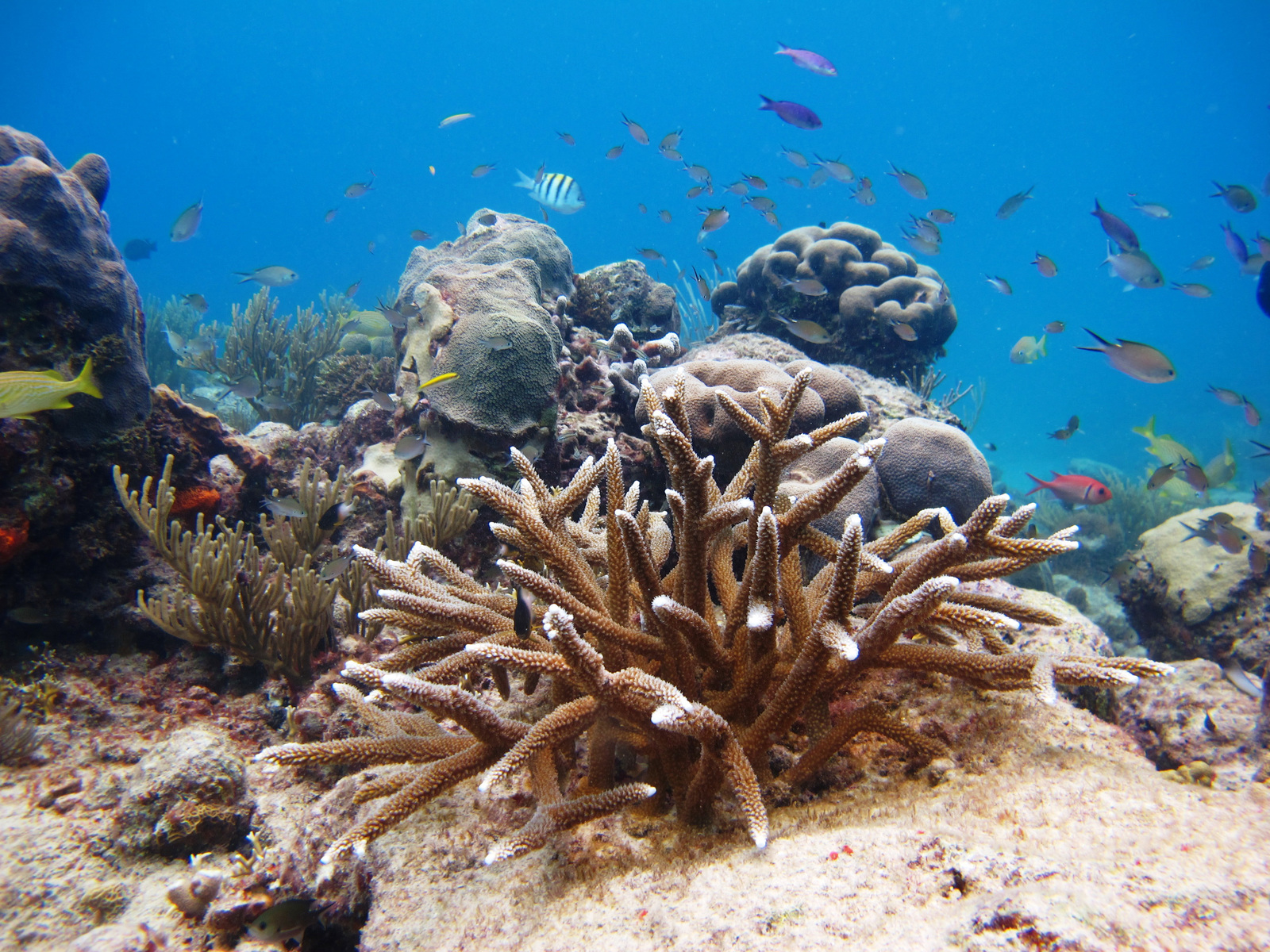Caribbean
Throughout history, humans have been drawn to coastal areas, running the risks of storms and inundation for the great benefits these areas provide: rich food resources, building materials and transport routes. Recent population growth has also been disproportionately represented in the coastal zone, with immigration adding to natural growth, leading to rapid expansion of coastal settlements, aquaculture and agriculture. Unfortunately, the vulnerability of coastal peoples has also risen disproportionately.
Sea level rise, warming waters and changes in storm patterns are already affecting coastal areas. Natural ecosystems may help to counter their impacts: binding sediments, reducing waves and growing upwards as sea levels rise, thereby protecting coastal lands and populations from erosion, inundation and storm impacts.
This capacity of natural ecosystem to provide protection is important in many locations: where nature provides other critical services, for food or recreation; where engineered defenses are too costly; or where adjacent lands are of low value and considered not worth extensive investment. The ability of ecosystems to perform these functions is highly variable, however, and so it is vital that we understand when and where ecosystems can help to protect coastlines. Such natural coastal protection depends on the local conditions and the structure of the ecosystems themselves. This is explored in more detail in ecosystem-specific pages, but the table below gives and indication of some the elements that make coastal ecosystems more or less suitable as a form of coastal defense.
Coastlines are among the most dynamic environments on earth. They are constantly shaped by waves, winds, tides and storms. Natural ecosystems thrive amidst this change, and indeed have developed the capacity to shape that change. Mangroves and salt marshes capture the moving sediments and help to reduce waves. Offshore coral reefs act as breakwaters, and further create the rock and sand to build islands and beaches.





